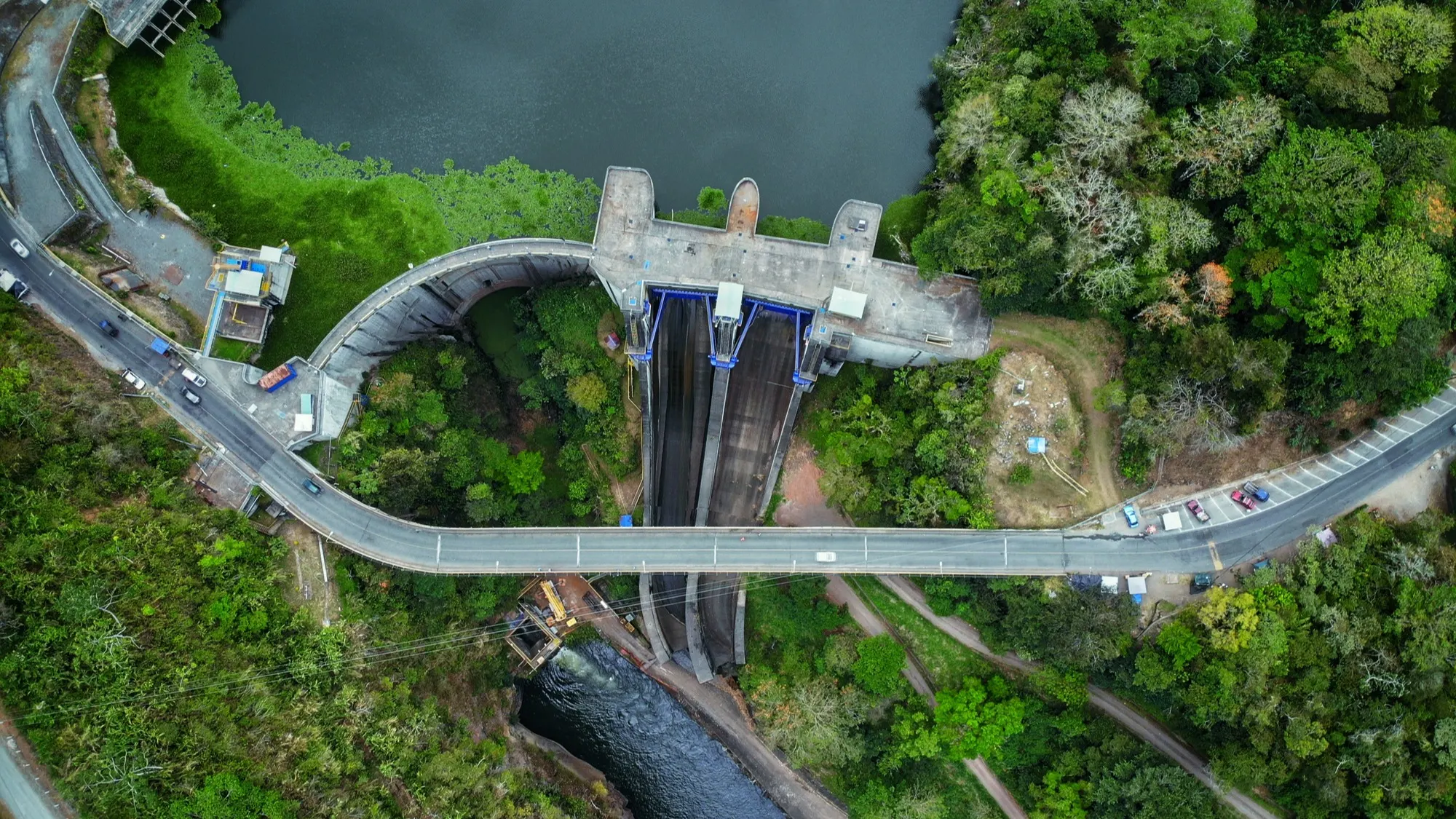A Christmas Miracle for Cartago?
In what could be the best early Christmas gift for the residents of Cartago, Costa Rica’s Minister of Public Works and Transport (MOPT), Mauricio Batalla, has promised the completion of a crucial infrastructure project by the end of the year. The much-anticipated six-lane overpass on Ruta 2, part of the ambitious Taras-La Lima highway megaproject, is expected to significantly ease the traffic congestion that has plagued the area for years. As we approach the holiday season, will Batalla deliver on his promise, or will Cartago residents be left waiting yet again?
A Project Long in the Making
The journey to this point has been anything but smooth. Last March, with the project only 55% complete, Batalla optimistically promised that the overpass would be ready in the second half of the year, aiming for an October or early November completion. Fast forward several months, and the new target is now December—a deadline that Batalla insists will be met.
Batalla took the reins at MOPT in March, following the dismissal of his predecessor, Luis Amador, by President Rodrigo Chaves. Amador’s departure was linked to concerns over a tender process for the runway at Daniel Oduber Quirós International Airport in Liberia, raising questions about the efficiency and transparency of MOPT’s operations. Stepping into this role, Batalla has been under intense scrutiny, and the completion of the Cartago overpass is his chance to prove his mettle.
What the Overpass Means for Cartago
The Taras interchange is designed to be a game-changer for Cartago. The two-level structure will feature a six-lane overpass, with three lanes in each direction, providing much-needed relief for drivers on the RN 2 (San José-Cartago) route. The lanes will be 3.3 meters wide, with shoulders of 0.95 meters, ensuring smooth and safe passage for vehicles.
Beneath the overpass, the lower level will include a roundabout, sidewalks, and a bike path leading to the San Nicolás de Cartago sector. This infrastructure upgrade is expected to drastically reduce travel times and improve the overall quality of life for Cartago’s residents, who have long struggled with the city’s notorious traffic bottlenecks.
The project is being overseen by MOPT’s Road Infrastructure and Promotion of Public-Private Partnerships Program, with financial backing from the Inter-American Development Bank (IDB). The involvement of international funding highlights the significance of this project not just for Cartago, but for the broader region’s connectivity and economic growth.
The Minister’s Commitment and the Road Ahead
Upon assuming office, Batalla quickly identified the Taras-La Lima project as a top priority. Frustrated by the slow progress, he met with the contractor to establish firm deadlines, emphasizing the government’s commitment to the well-being of Cartago’s citizens. “Since I took office, I have been following the development of all projects; one of these is Taras-La Lima, and seeing the slow progress, I decided to meet with the contractor to set definitive deadlines, because we are interested in the well-being of the Cartago residents,” Batalla stated.
Initially, Batalla had set a more conservative completion date of March 2025. However, after renegotiating timelines and securing commitments from the contractor, he now asserts that the project will be expedited to meet the December deadline. Batalla has stressed that the only potential delays would be due to unforeseen external factors, rather than any shortcomings in planning or execution.
A Rocky Start for the Minister
Mauricio Batalla’s tenure at MOPT has not been without controversy. Before his appointment as minister, Batalla served as the head of the National Road Council (Conavi). His time at Conavi was marred by a now-infamous tweet from March 2022, in which Batalla admitted to driving while intoxicated and using social media behind the wheel. “I have driven drunk. And I use WhatsApp, email, and Twitter while driving. Irresponsible, yes; hypocritical, no,” Batalla confessed in the tweet.
The tweet sparked a firestorm of criticism on social media, leading Batalla to shut down his Twitter account. Despite this rocky start, Batalla’s appointment at MOPT has given him a chance to redeem himself. The successful completion of the Cartago overpass could go a long way in restoring public confidence in his leadership.
What’s at Stake?
For Cartago residents, the completion of the Taras-La Lima overpass is more than just an infrastructure project—it’s a long-awaited solution to daily traffic woes that have affected their quality of life for years. The overpass promises to make commuting faster and less stressful, particularly for those traveling to and from San José.
However, if the project misses the December deadline, it could be a significant blow to Batalla’s credibility and the government’s reputation. The Cartago overpass has become a symbol of the government’s broader commitment to improving infrastructure across Costa Rica. A failure to deliver on time could reinforce public skepticism about the government’s ability to execute large-scale projects efficiently.
Will Batalla Deliver?
As the December deadline approaches, all eyes are on Minister Batalla and his promise to the people of Cartago. The completion of the six-lane overpass on Ruta 2 would be a significant achievement for both Batalla and the residents of Cartago, potentially transforming daily commutes and boosting the local economy. But with the clock ticking, the question remains: Will Batalla deliver on his promise, or will Cartago’s residents have to wait even longer for relief? Only time will tell, but for now, there’s cautious optimism that this Christmas, Cartago will receive the gift of smoother, faster travel.

